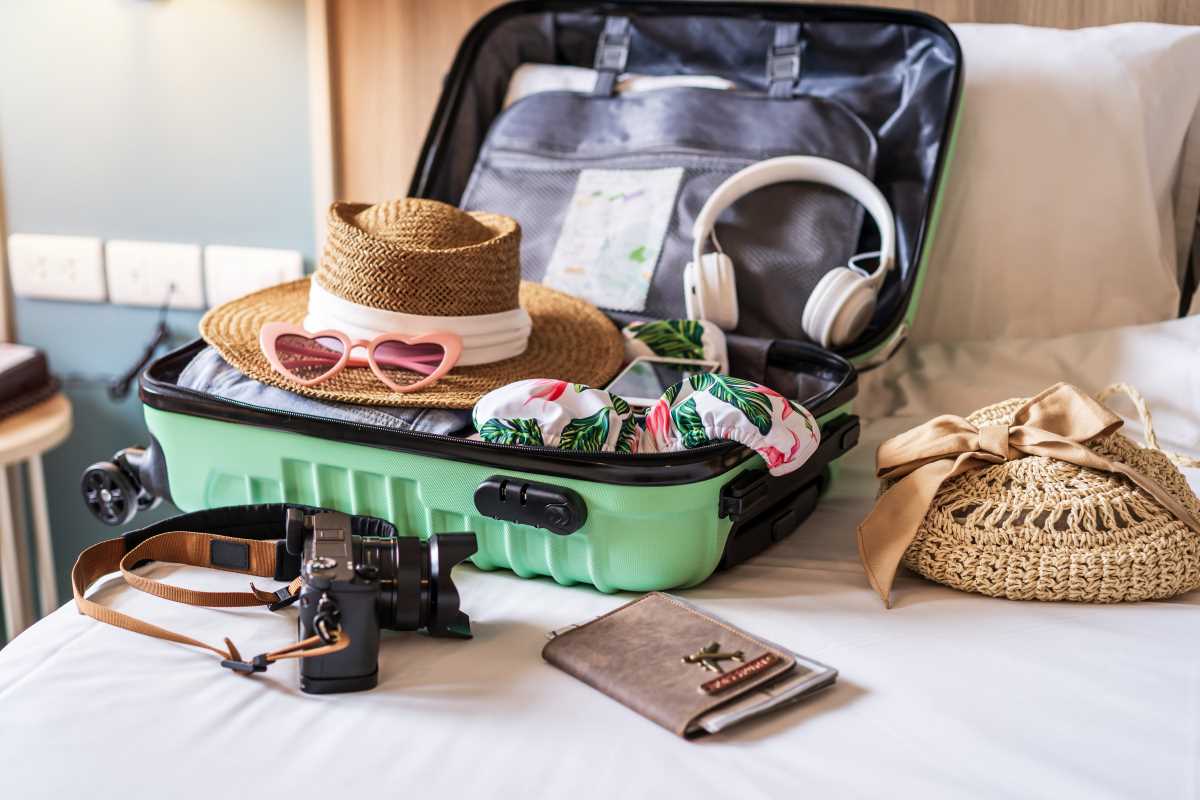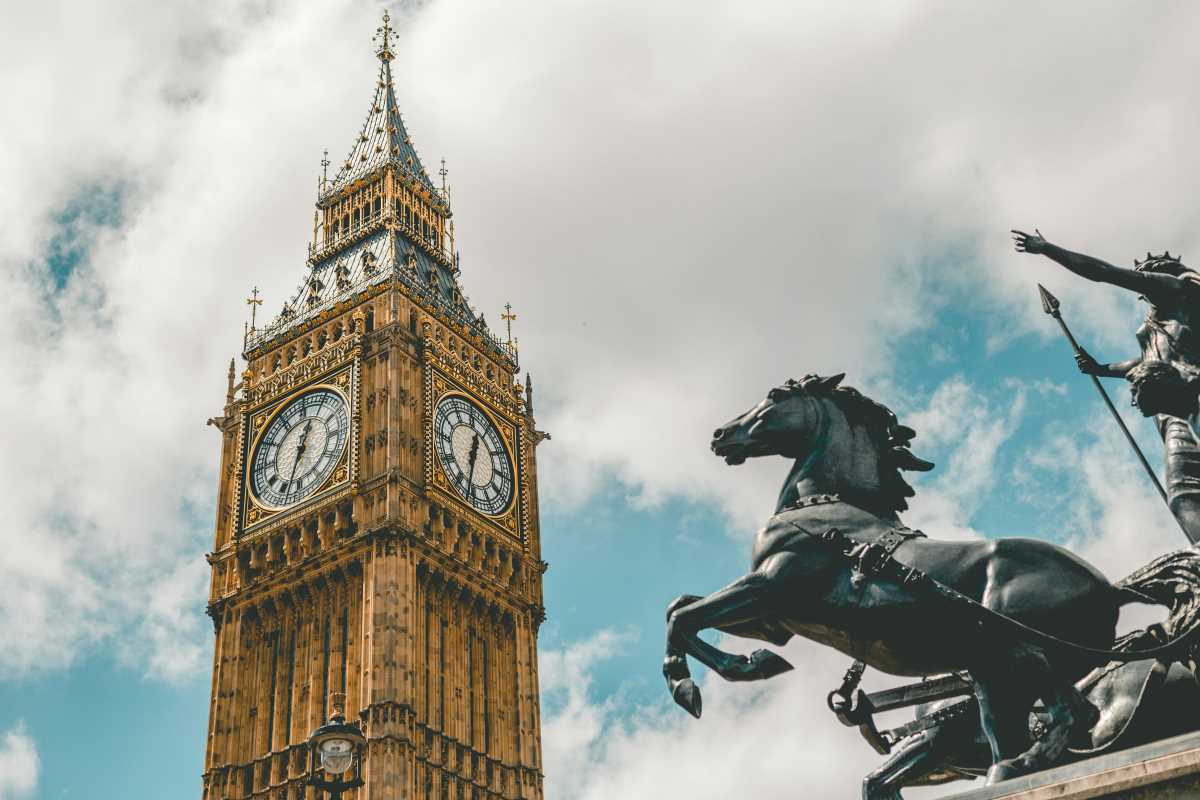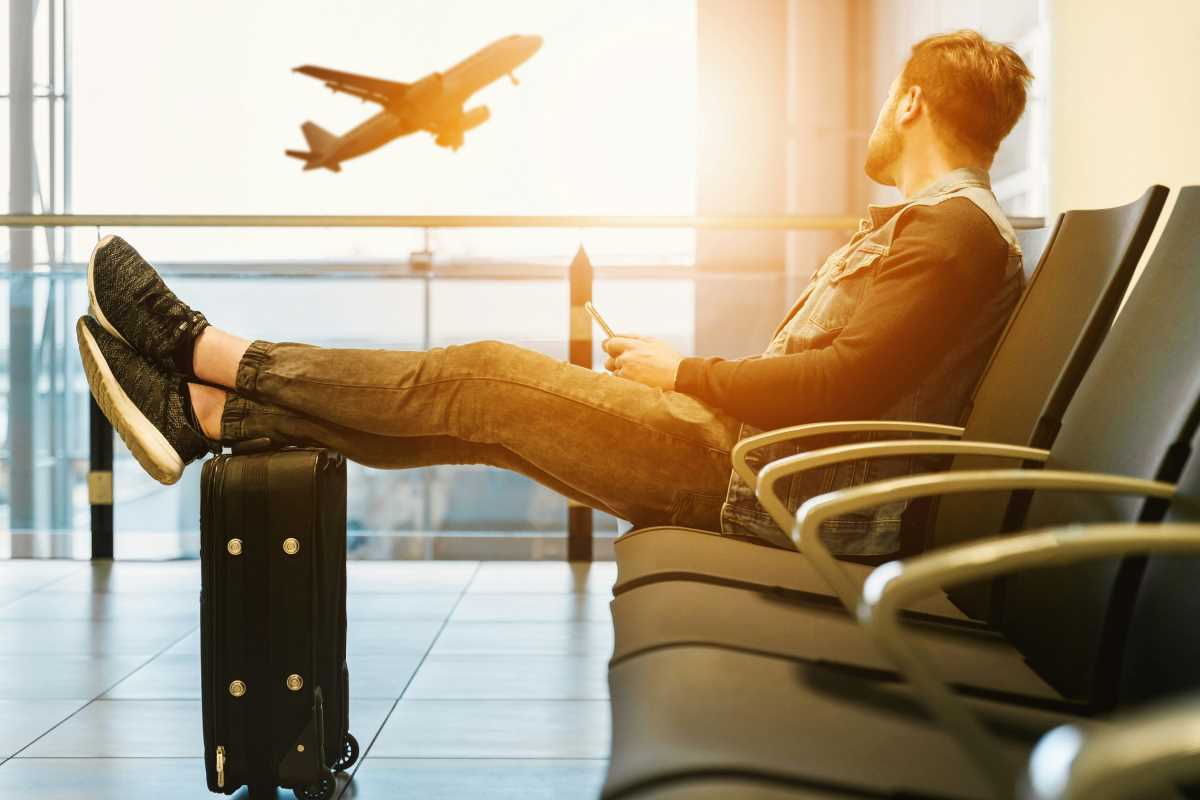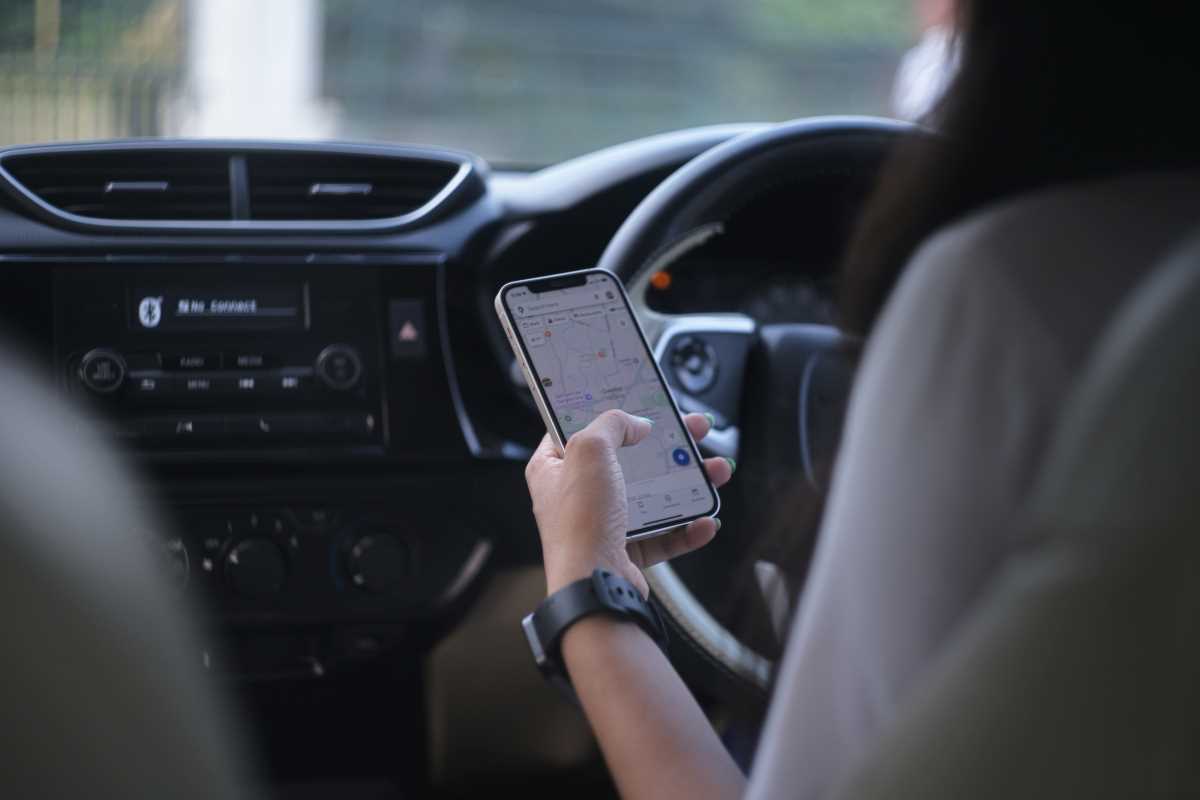Traveling is a blend of excitement, curiosity, and spontaneity. But here’s the thing, without a solid plan, even the most adventurous trips can quickly turn into logistical chaos or an overly expensive escapade. The trick is to build itineraries that are both structured and adaptable.
Flexible travel plans aren’t just about keeping things casual; they’re a calculated strategy to save your precious time and hard-earned money while ensuring you make the most of your destinations.
Here’s how to create itineraries that act like a compass rather than a leash, leaving room for unexpected discoveries but still keeping your trip on track.
Starting with a Framework
Think of your itinerary as the scaffolding of your trip. It doesn’t need to be a minute-by-minute schedule but rather a loosely defined structure that gives your travels direction. Start by outlining the must-sees and the non-negotiables. These are the experiences or spots you’ve dreamed of, and having these anchor points ensures you won’t leave a place with regrets.
That said, avoid overpacking your days. A perfect framework allows for balance. Dedicate mornings to organized activities and leave afternoons for wandering, coffee breaks, or impulsive adventures. This flexibility lets you pivot easily if something doesn’t go according to plan.
A good framework also requires knowing the transportation landscape. Navigating public transit, car rentals, or ride shares eats up significant time if not considered ahead of time. Research maps, routes, and schedules early so that the logistics don’t create unnecessary stress.
Finally, when planning, group activities and attractions by location. Nothing drains energy, time, and gas money more than zigzagging across a city or countryside. Use simple mapping tools to cluster your agenda for efficiency without sacrificing spontaneity.
Balancing Flexibility with Research
The beauty of travel often lies in the unexpected, but that doesn’t mean you should head out clueless. Research is the backbone of a flexible itinerary that works. Start with destination guides, expert blogs, and traveler reviews, focusing not just on popular must-see attractions but also hidden gems that aren’t widely advertised.
One brilliant hack is finding flexible tours or open-dated tickets. Many attractions and experiences now offer date-free or easy rescheduling options. Whether it’s a museum pass or a ferry ride, these safeguard your plans from weather changes or last-minute tweaks.
When conducting your research, dig into opening hours, peak times, and any relevant seasonal perks. Knowing these details can help you work smarter, not harder. For instance, a landmark that’s packed at midday might be blissfully quiet in the early morning or evening.
And don’t stop at attraction details; investigate local dining and shopping options nearby. No one wants to waste time wandering for a decent meal when hunger strikes unexpectedly. Mark a couple of nearby cafes or street food stalls for when hunger calls.
Even though you’re planning, don’t fossilize your schedule. All this research serves to equip you, not lock you into a rigid timeline. The ability to pivot will always be your greatest travel advantage.
Maximizing Value While Staying Fluid
Saving money doesn’t have to come at the cost of quality experiences. With a few savvy strategies, you can create itineraries that balance affordability with adventure. Start by prioritizing off-peak travel when flights, accommodations, and attractions tend to cost significantly less.
Another great tip is to look into city passes or bundled discounts. Many tourist hubs offer combined deals for multiple attractions that save both money and time spent waiting in ticket lines. And remember, flexibility can lead to cost-saving choices. Booking a midday flight or an odd-hour train ride often results in cheaper fares.
Your meals are another area ripe for savings. Scout out markets, local eateries, or even grocery store options rather than succumbing to overpriced tourist traps. A picnic lunch in a scenic park costs a fraction of a restaurant meal and often tastes just as satisfying.
Lastly, tap into tech. Use budgeting apps to track expenses in real-time or download travel deal apps to compare transportation or accommodation costs on the fly. Flexibility lets you pounce when deals arise, whether it’s a last-minute seat sale or a discounted room upgrade.
Money-Saving Travel Habits to Try:
- Pack a reusable water bottle to save on overpriced bottled drinks.
- Use public transit passes instead of single rides.
- Check if accommodations include free breakfast.
- Download offline maps to avoid data roaming charges.
A flexible itinerary helps you adapt if you stumble across unexpected budget-friendly opportunities, such as seasonal street fairs or happy hour deals. No one said saving money couldn’t be fun!
Leaving Room for the Unexpected
Plans, no matter how thorough, can often be derailed by weather, closures, or other unforeseen circumstances. This is where your itinerary’s adaptability transforms annoyances into opportunities. Approach your trip with a “Plan A, Plan B” mindset.
For example, if your plan was to lounge on a beach but the skies decide they prefer drizzle, have a rainy-day backup ready. Museums, indoor markets, or even cooking classes are excellent alternatives that still allow immersion in the local culture.
Leaving room for the unexpected can also mean being willing to pause or detour for something serendipitous. Maybe a friendly local mentions a hole-in-the-wall café you hadn’t heard of, or you stumble upon a street performer who mesmerizes a crowd. Flexible itineraries give you the freedom to soak in these unplanned delights.
When crafting your plans, insert “buffer zones.” These are pockets of time left blank so you can spend a bit longer at a fascinating place or recover from an unexpectedly long commute. A trip without breathing room can make exploration feel more like a race than a joyride.
Flexibility also safeguards your energy. Overestimating how much can be done in a day can lead to stress, exhaustion, and a flurry of canceled plans. Actively leaving gaps in your itinerary keeps travel enjoyable, not overwhelming.
Using Technology to Power Your Plans
Gone are the days when travel plans relied solely on folded maps and frantic guidebook flipping. Today, apps and online platforms are lifesavers, helping to create dynamic, adaptable itineraries that move with you.
Start with organizational tools like Google Maps or TripIt. These apps consolidate reservations, routes, and even notes into one easily accessed hub. Need to change a reservation or reroute your day? You can drag, drop, and edit your plans with minimal effort.
To minimize wasted time, use apps like Rome2rio or Moovit to map out transportation logistics, including estimated travel times. These tools keep your schedule realistic and transparent.
If you’re venturing to a destination with notoriously unpredictable weather, weather apps can ensure you’re a step ahead of Mother Nature’s surprises. Adjust times for outdoor activities around clear skies or low temperatures based on up-to-date forecasts.
Accommodation and reservation platforms like Airbnb or OpenTable also offer flexible cancellation policies, which add an extra layer of adaptability to your trip. Not only does this allow for peace of mind, but you can also react to last-minute changes without sinking extra cash into penalties.
Technology also shines brightest in unexpected moments. Use translation apps for smoother communication, currency converters for on-the-spot budgeting, or local review platforms like Yelp to find hidden gems. Equipped with these digital tools, you possess the ultimate travel superpower.
Wrapping Up Your Adventure
Building a flexible itinerary is all about crafting a travel experience that blends structure with spontaneity. It’s about planning just enough so nothing vital is missed but leaving gaps for the unexpected joys of exploration. By weaving in research, integrating tech, and preparing for pivots, you end up with an adaptable plan that still feels thrilling.
When you plan with flexibility in mind, you save time by cutting unnecessary stress and inefficiencies. You save money by creating space for budget-friendly choices and avoiding panicked splurges. Ultimately, your time on the road feels lighter, richer, and more rewarding.
Because after all, the best itineraries aren’t the ones you stick to rigidly. They’re the ones that allow you to catch your breath, follow your curiosity, and bring home stories you never planned to tell.
 (Image via
(Image via





